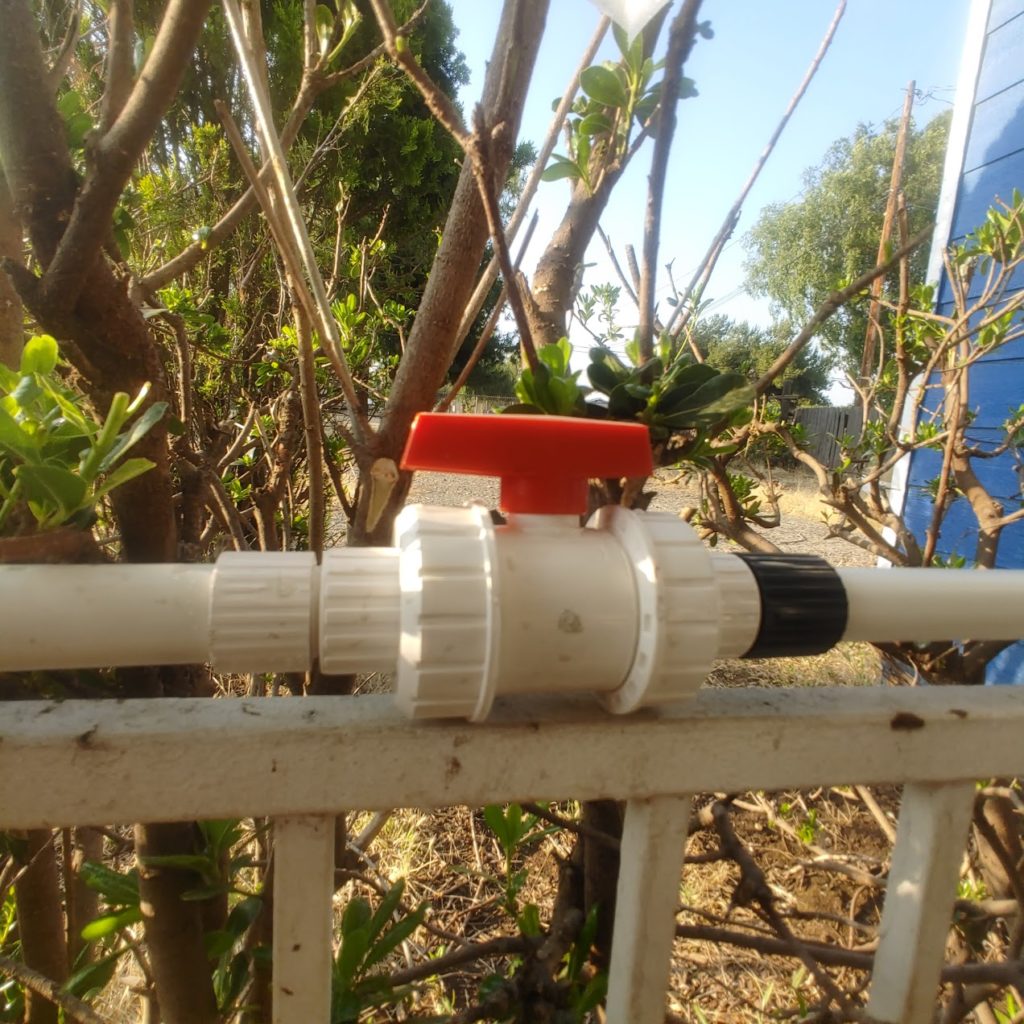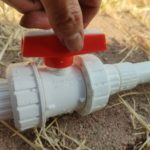Schedule 40 PVC pipe is generally not recommended for long-term outdoor use due to its tendency to degrade when exposed to direct sunlight. The ultraviolet (UV) radiation from sunlight can break down the molecular structure of PVC over time, causing it to become brittle and lose its structural integrity. Under constant UV exposure, Schedule 40 PVC typically lasts around 5-10 years. However, this lifespan can vary based on factors such as the intensity of UV radiation, temperature extremes, and any physical stress on the pipe.

Increased sunlight exposure can reduce the pipe's impact strength and resistance, although UV light does not affect its rigidity, pressure capacity, or malleability. For better UV resistance in outdoor applications, consider using Schedule 80 PVC or alternative materials like CPVC or polyethylene, which are designed for prolonged UV exposure.
To protect PVC from UV damage, painting the pipe can be effective, as the paint acts as a barrier to UV radiation. Additionally, PVC can be treated with UV absorbers or additives such as carbon black to reduce UV degradation. Carbon black, commonly used in ABS pipes and car tires, helps absorb UV rays and prevents them from penetrating deeply into the material.





















